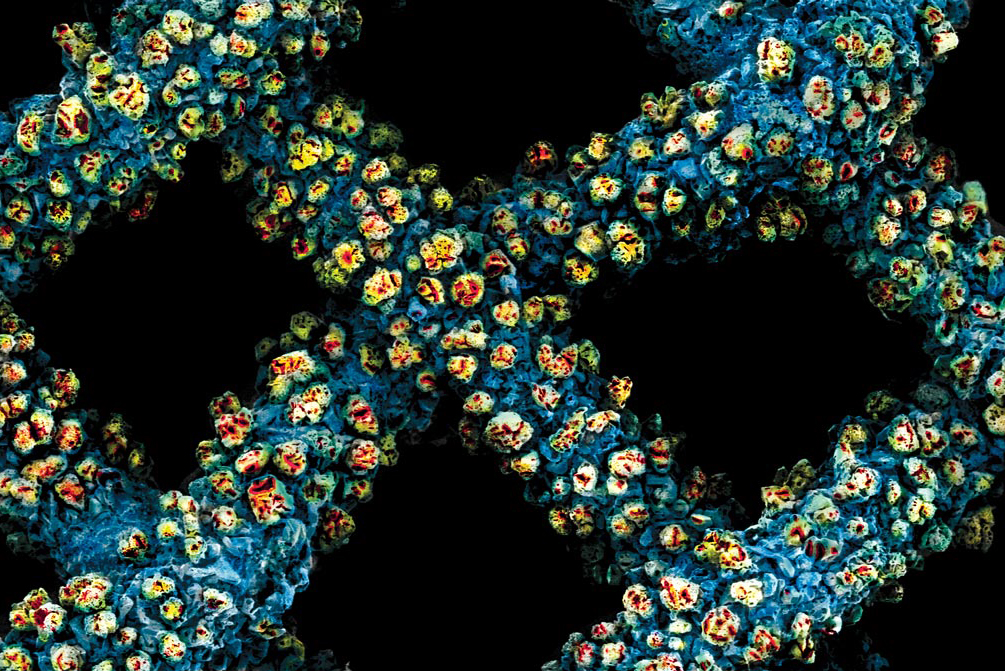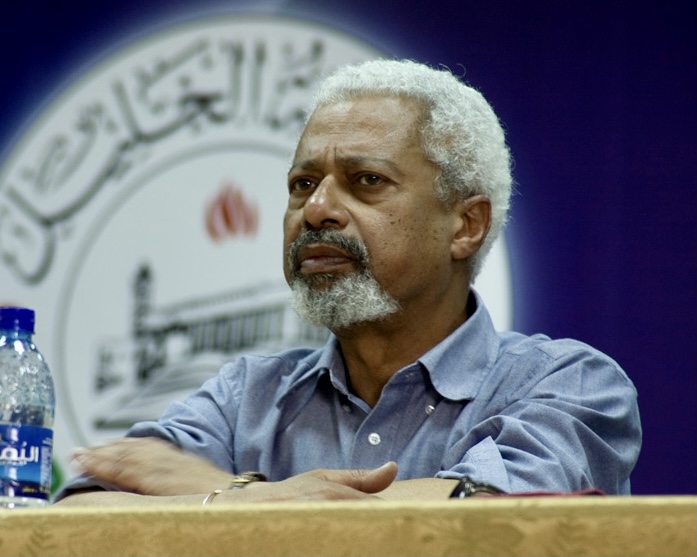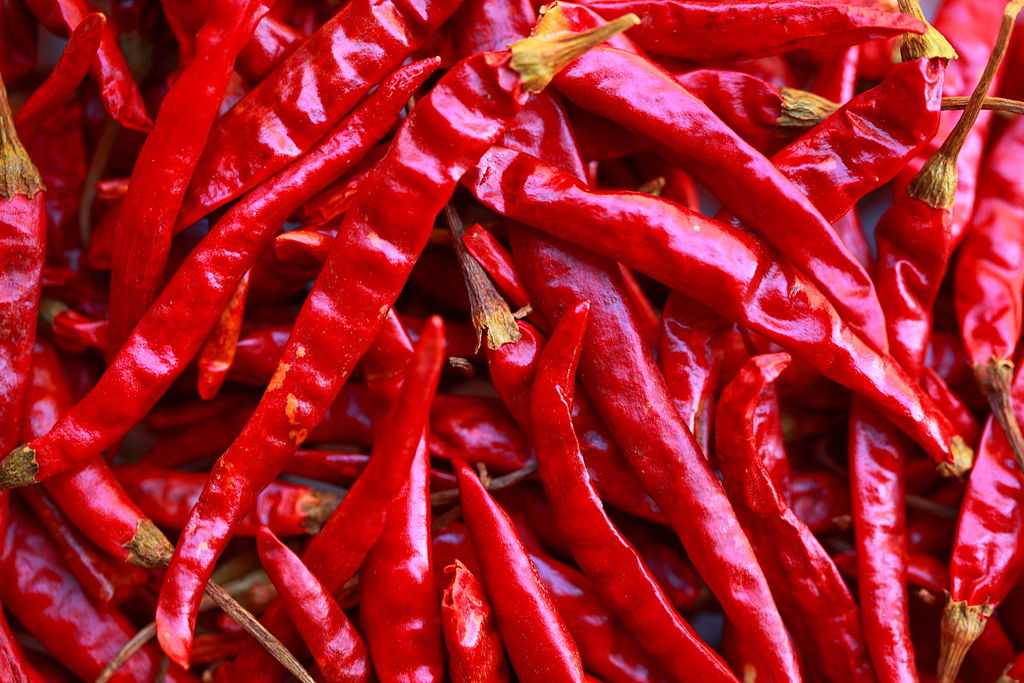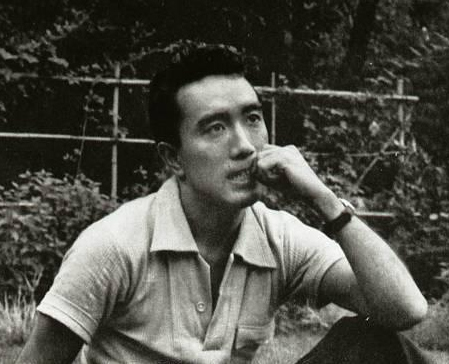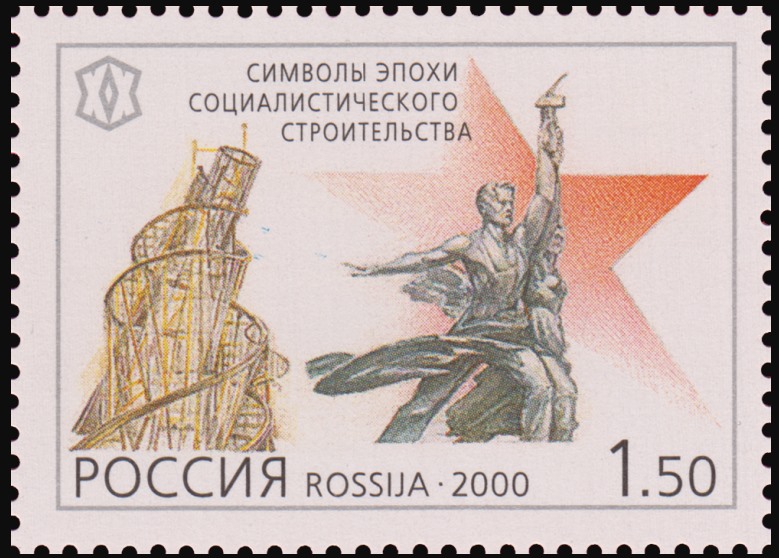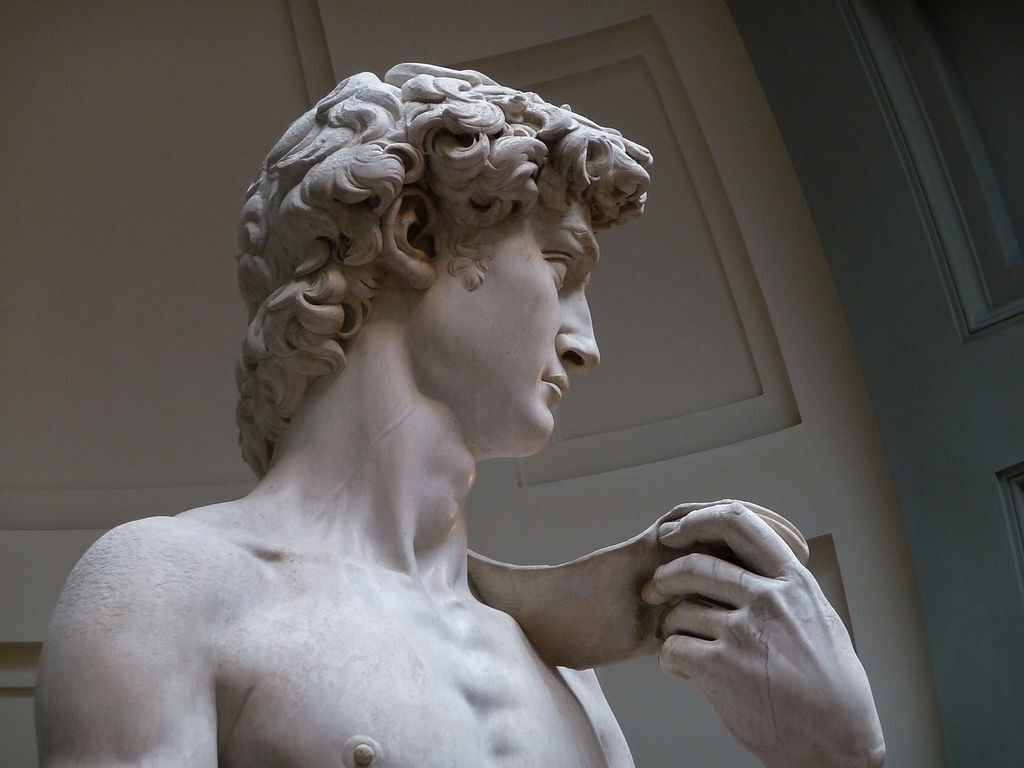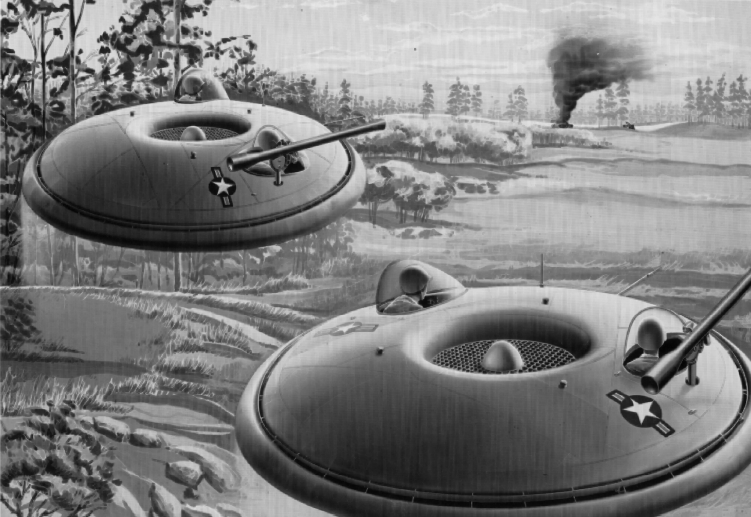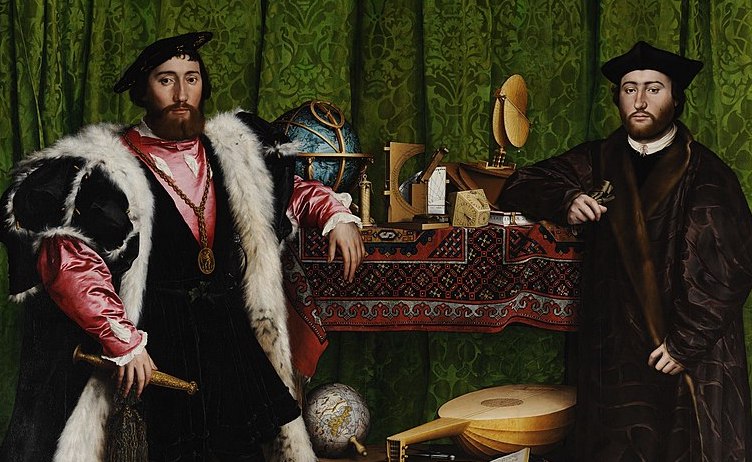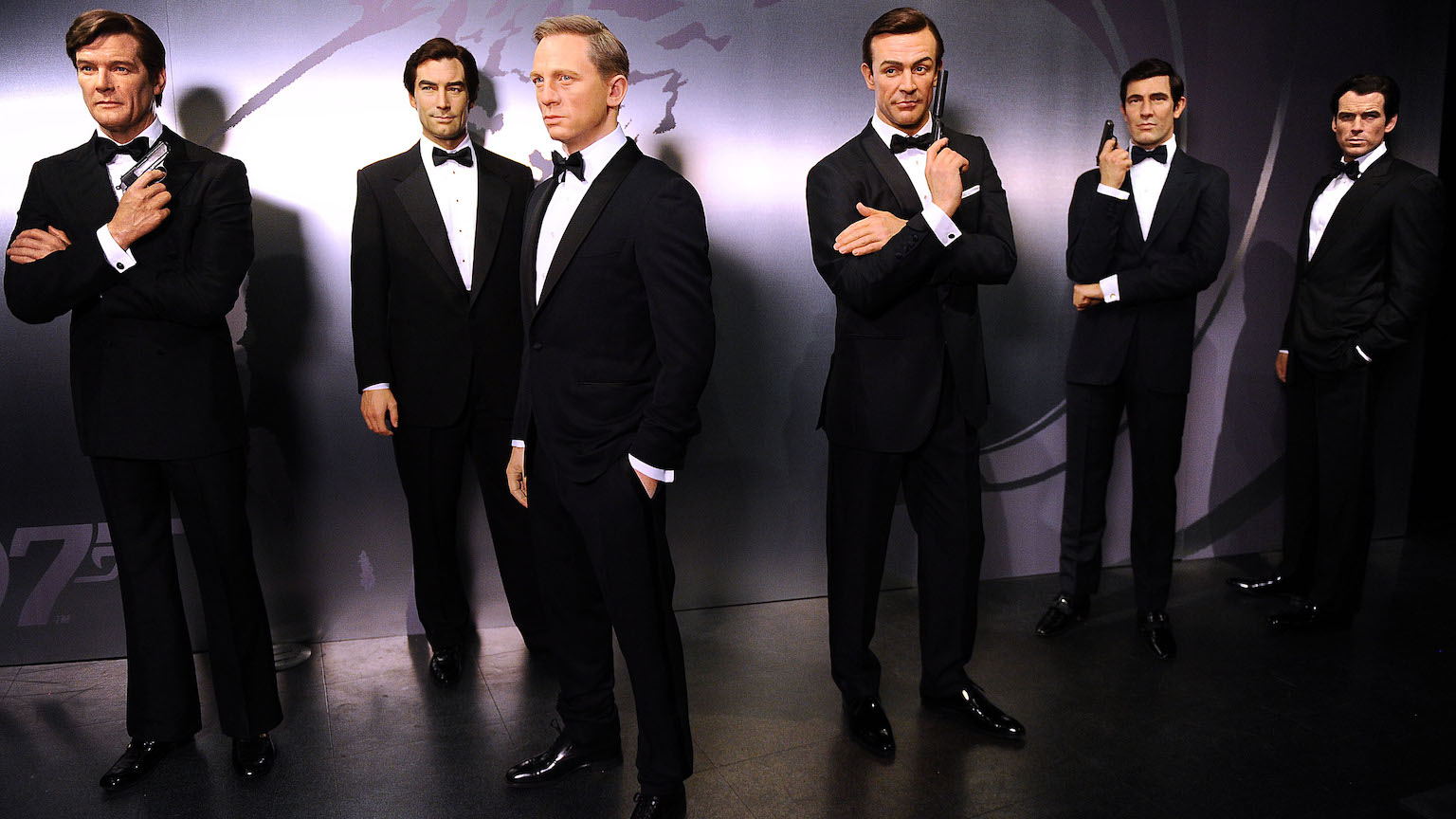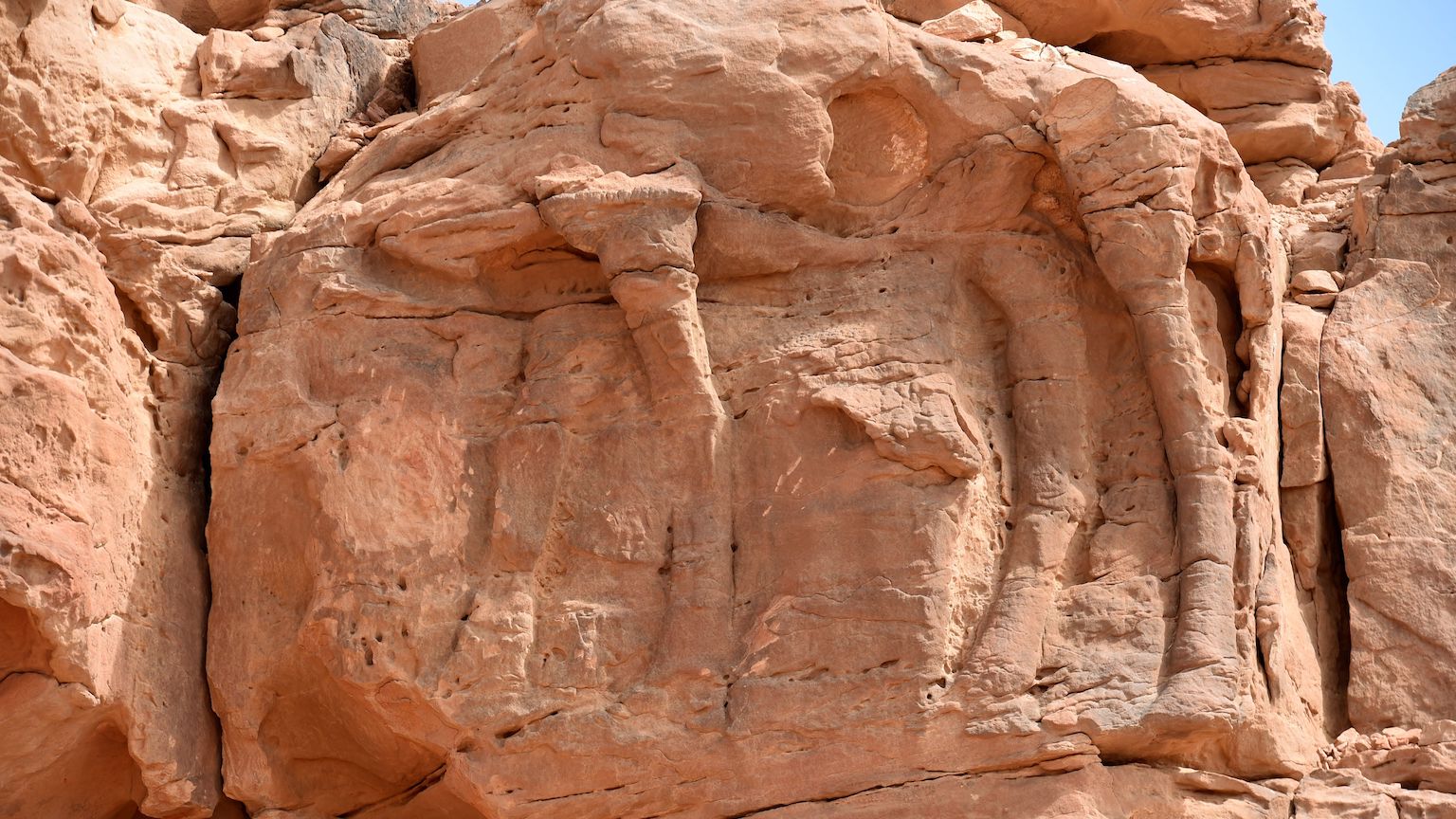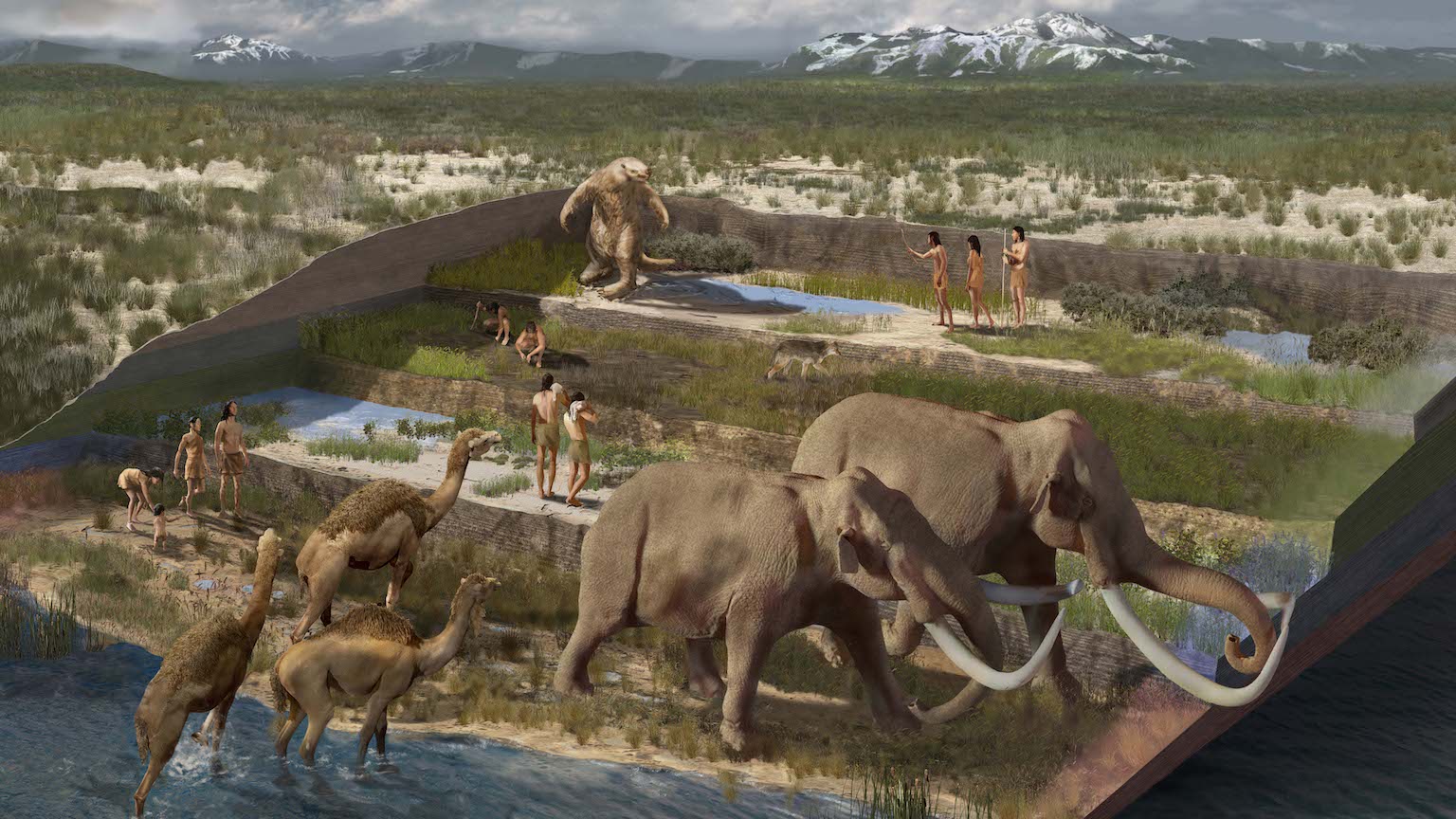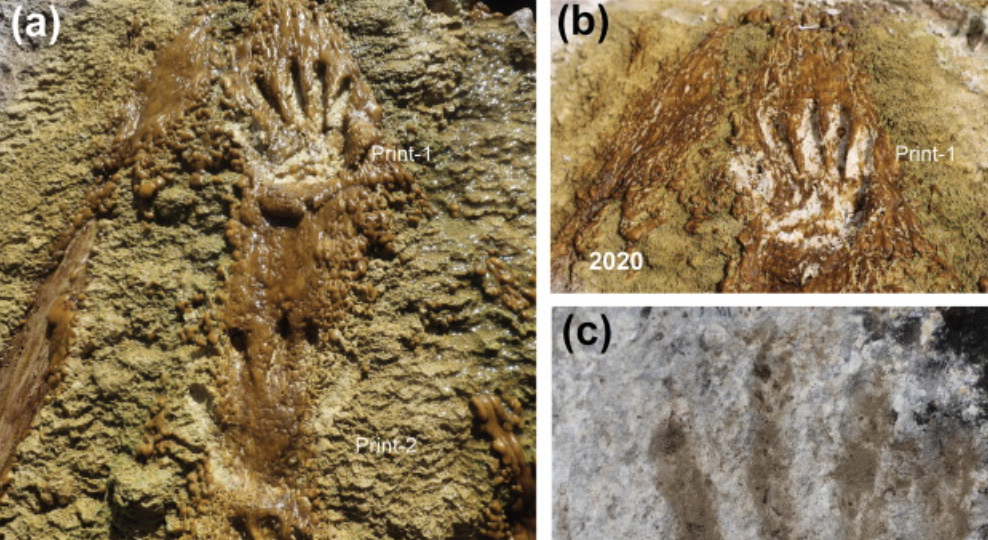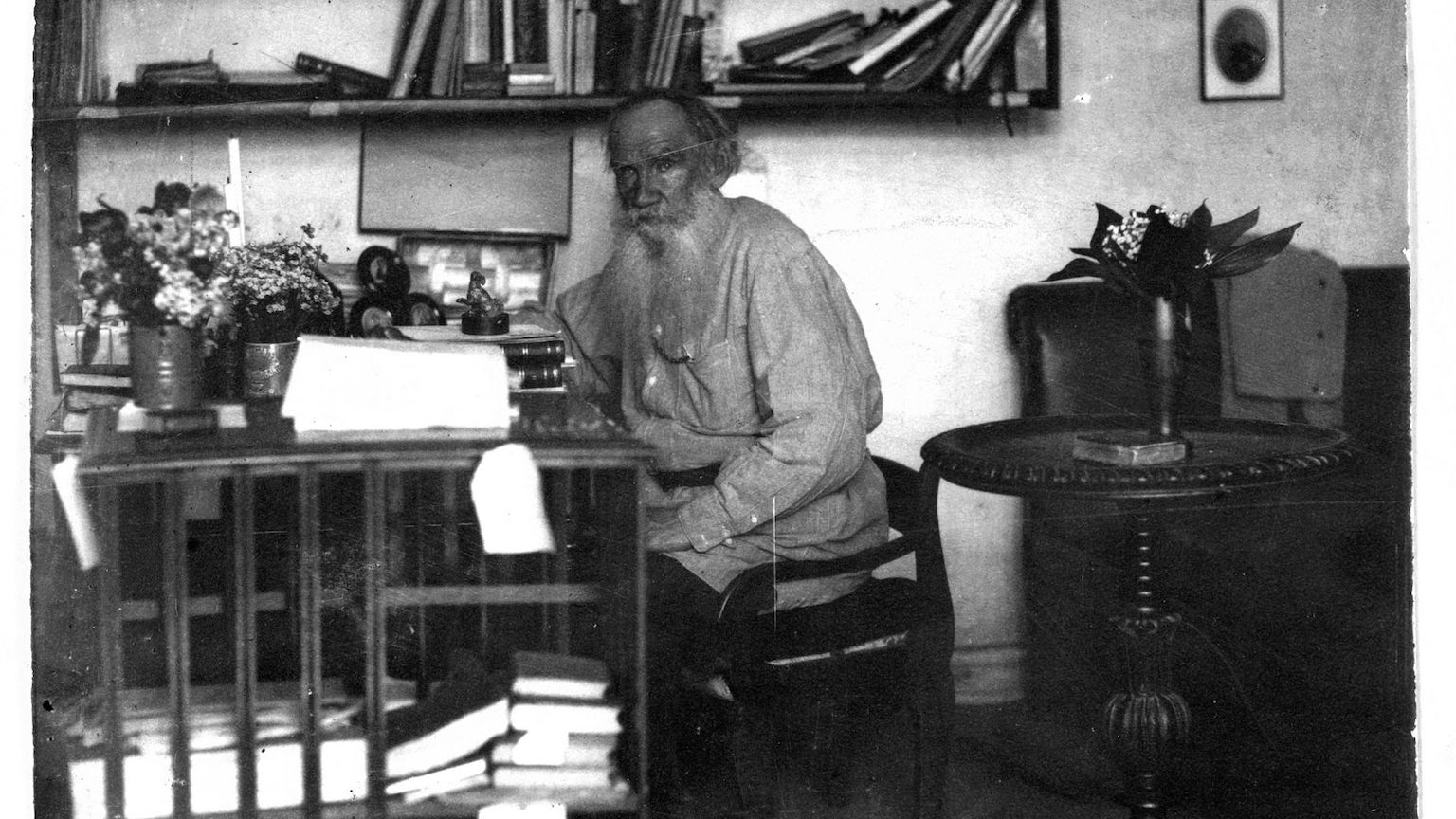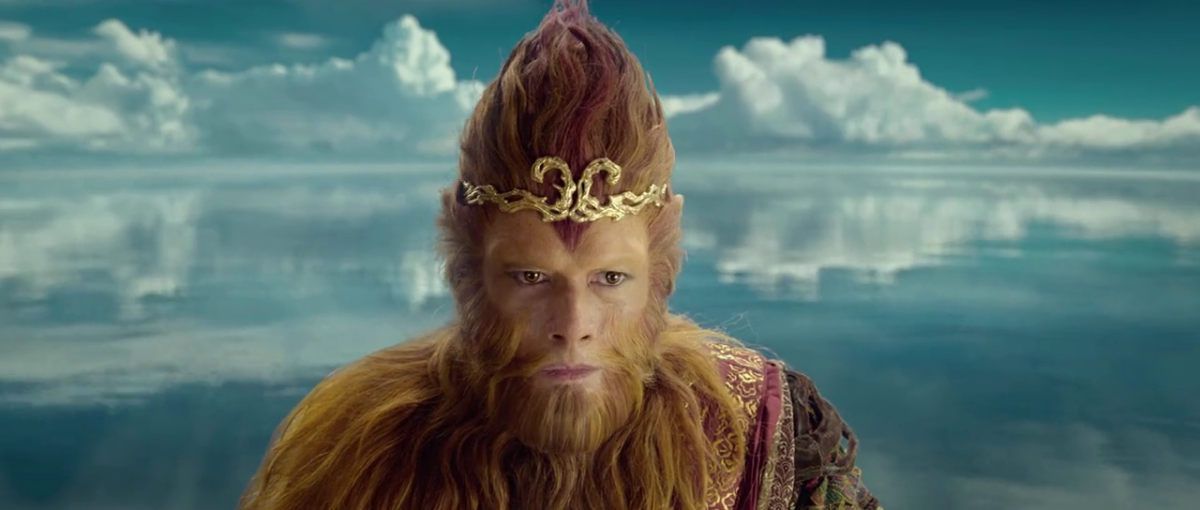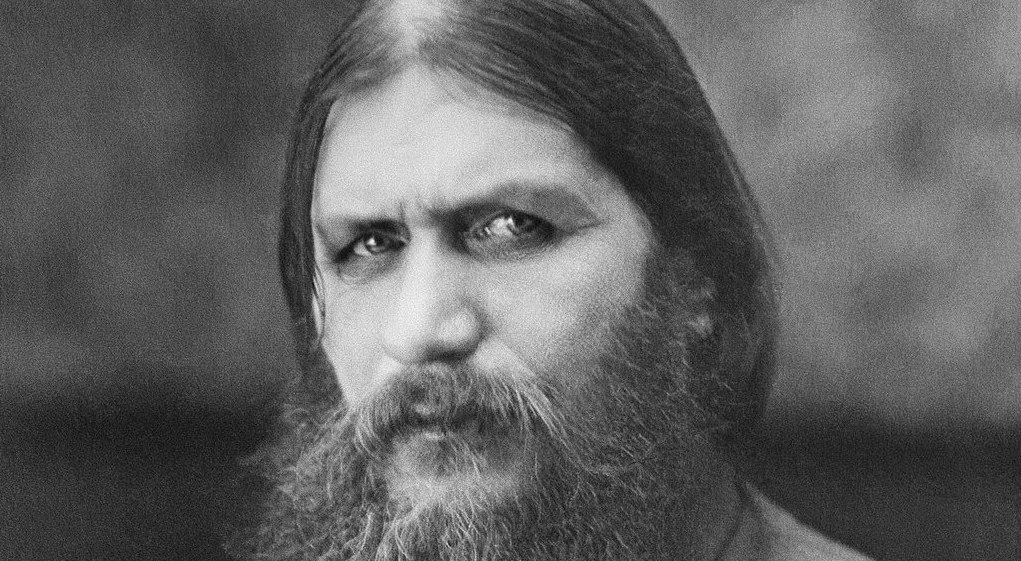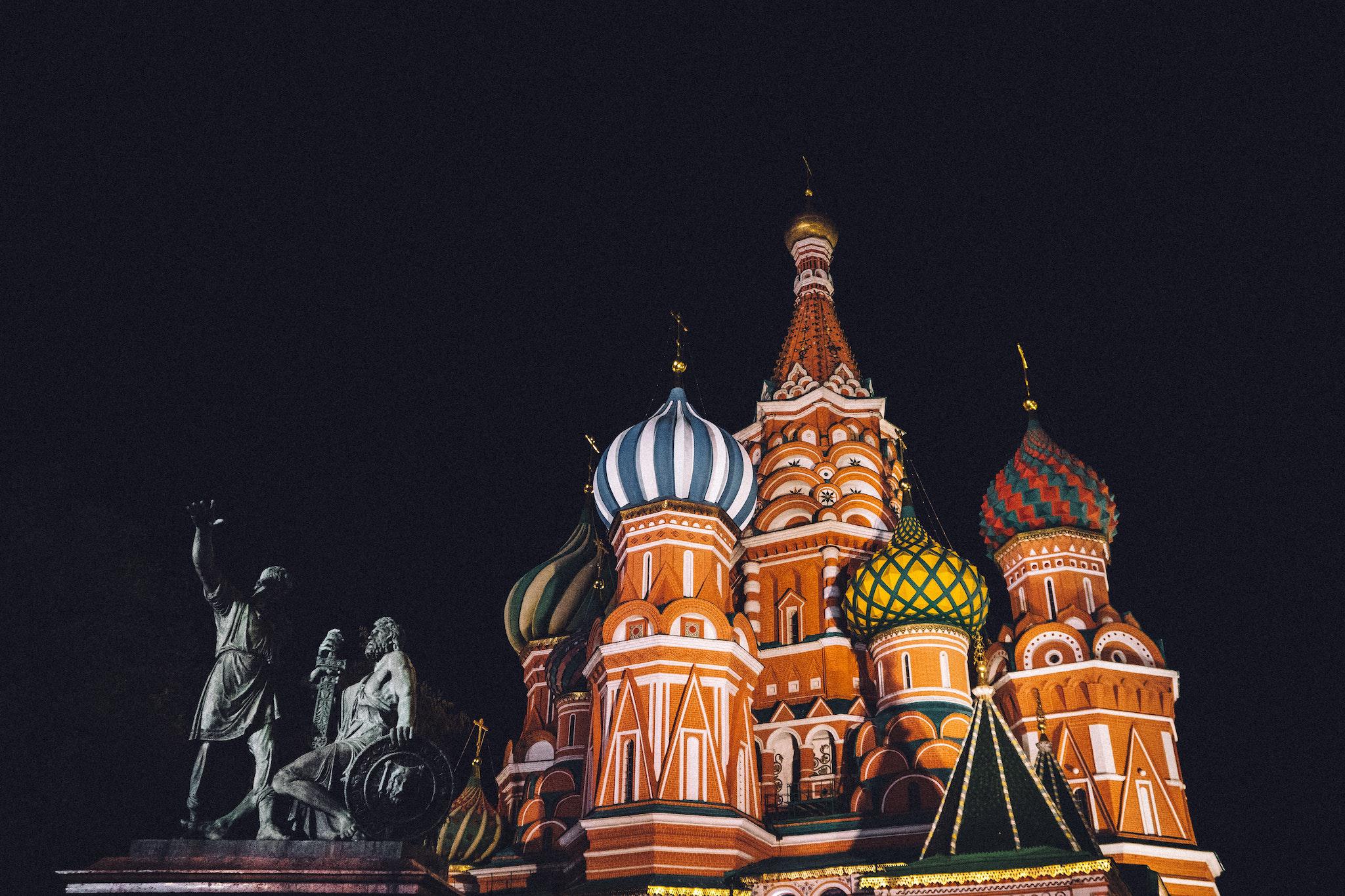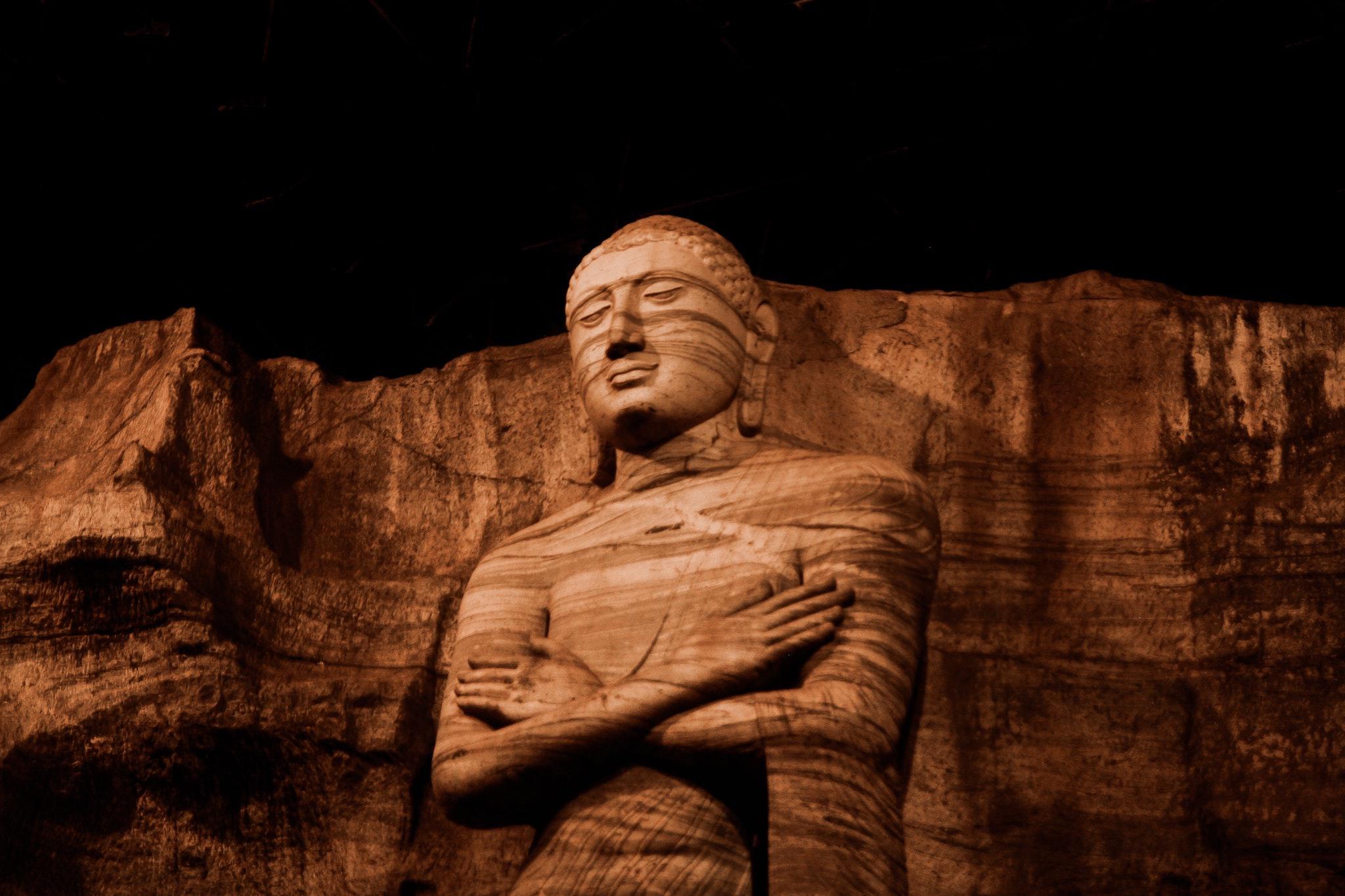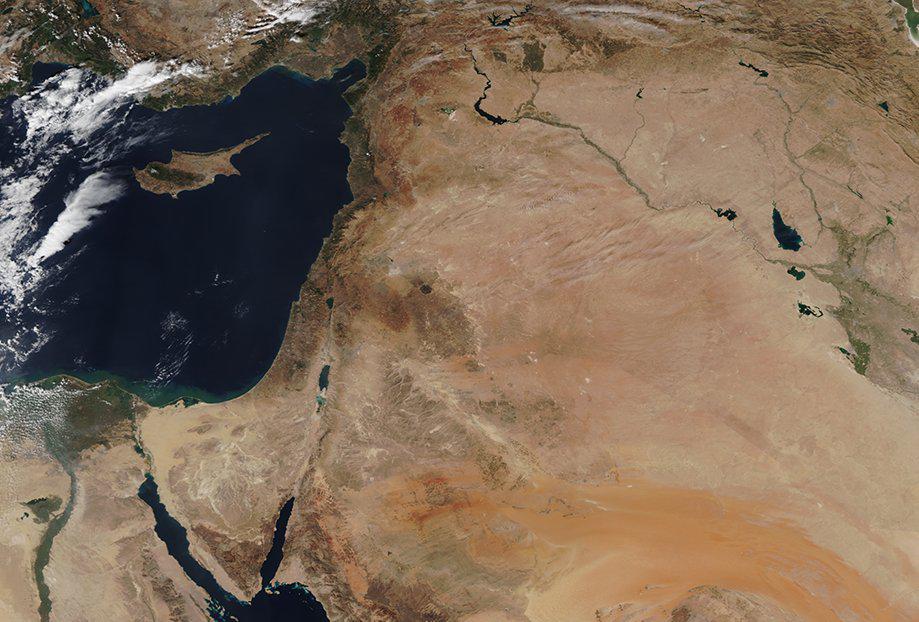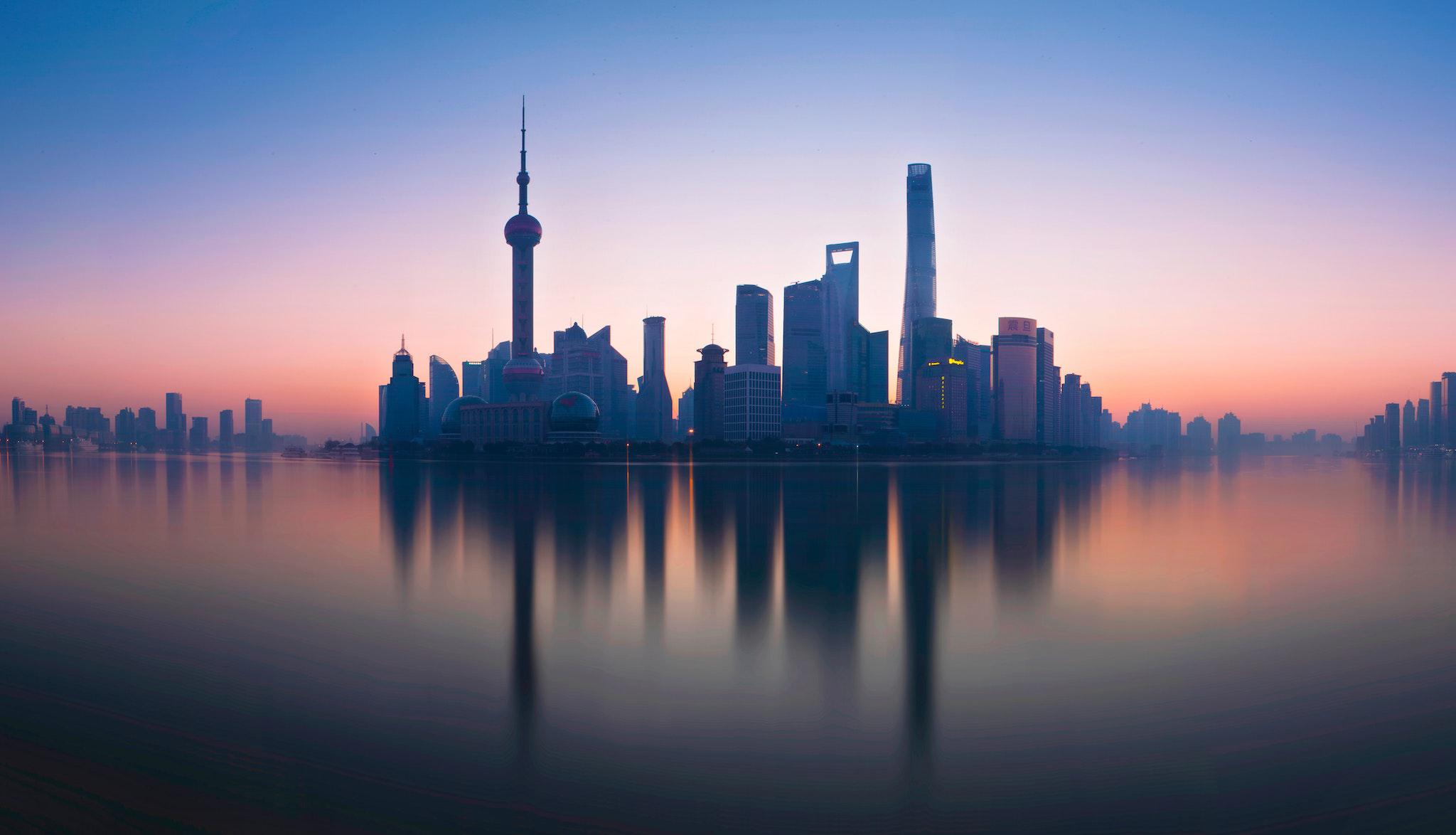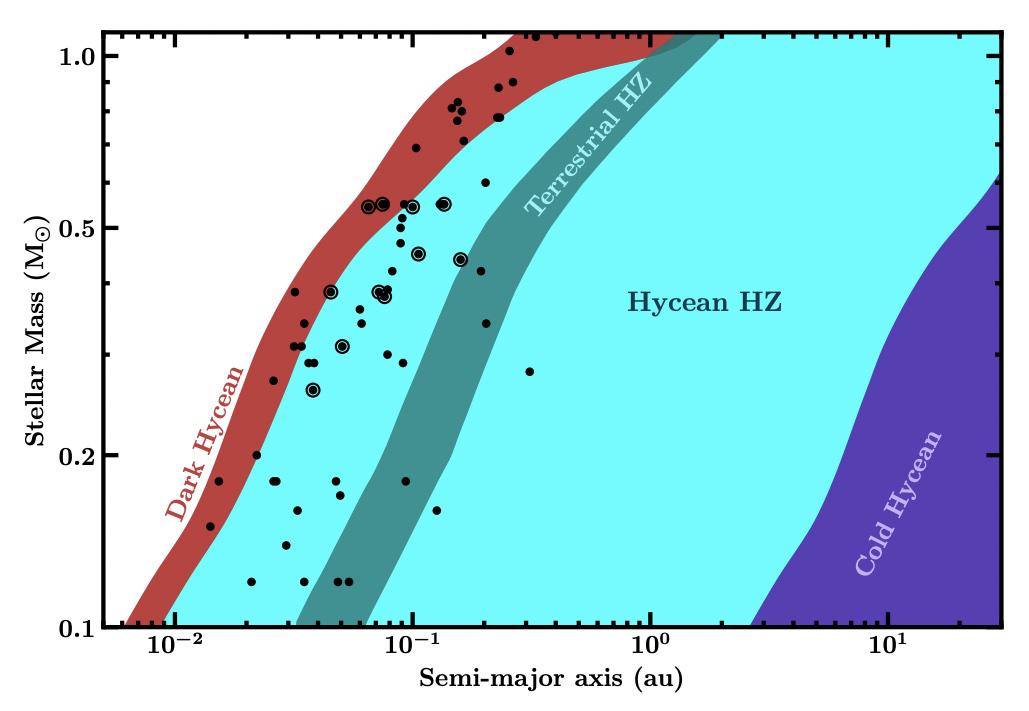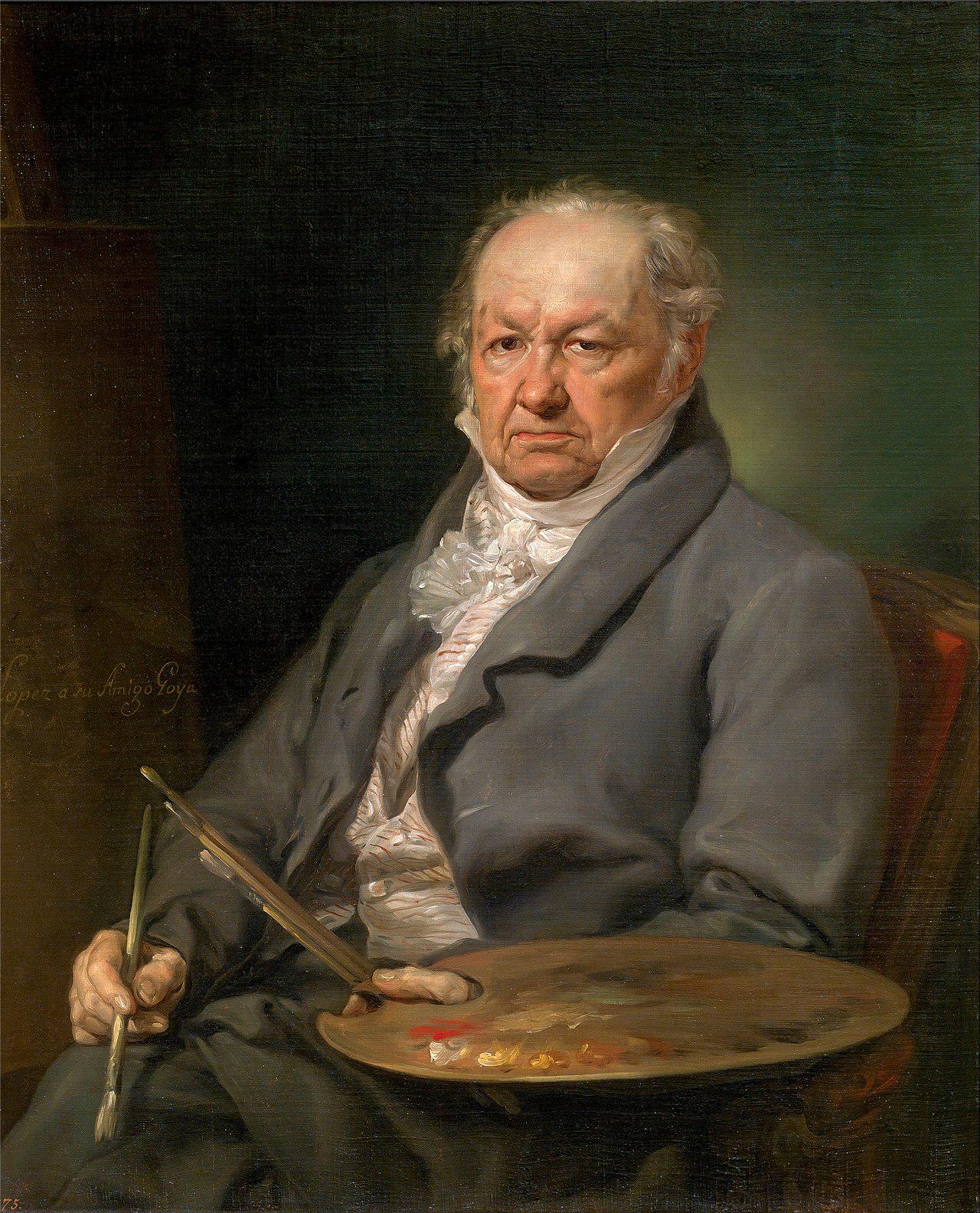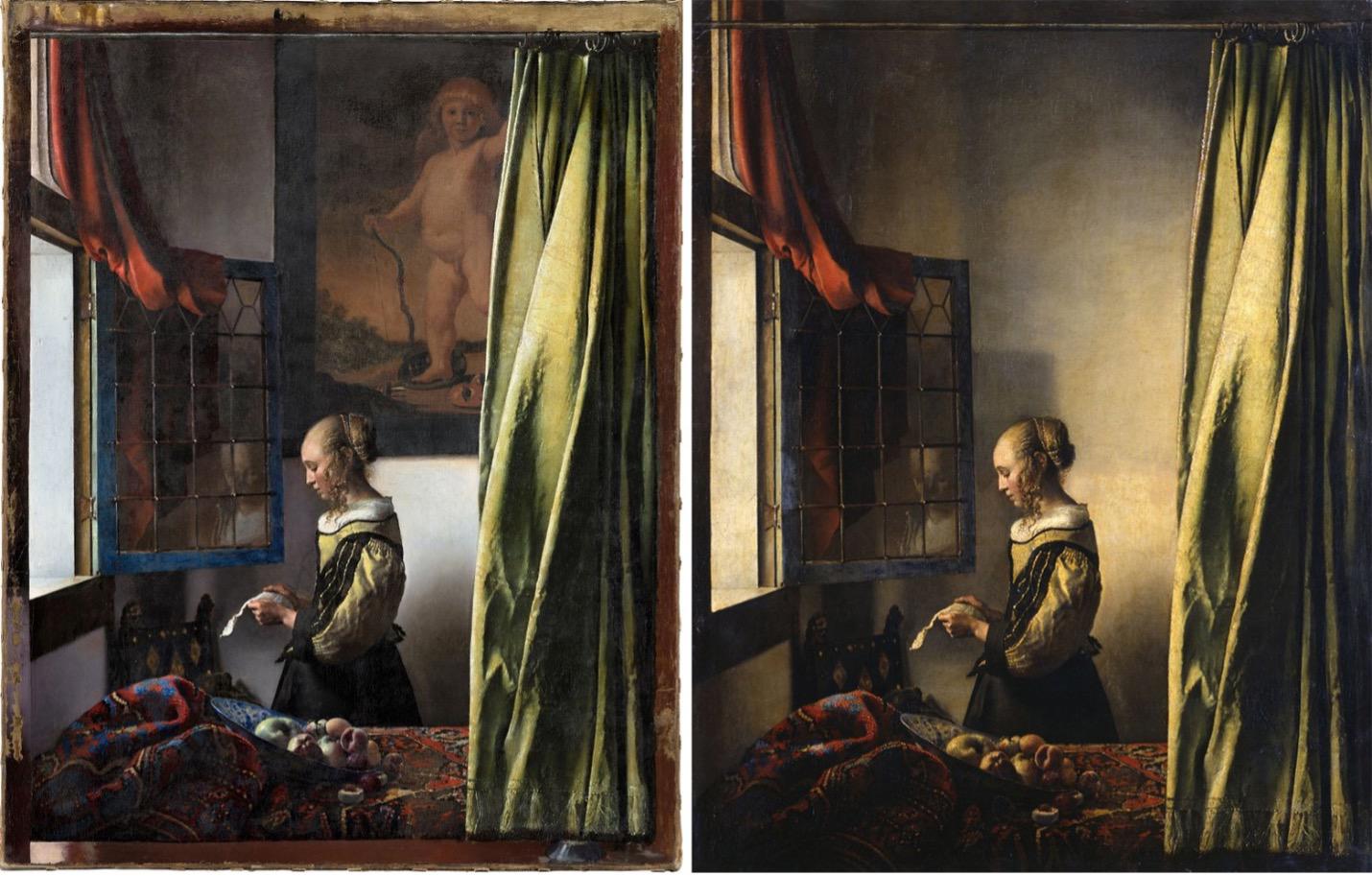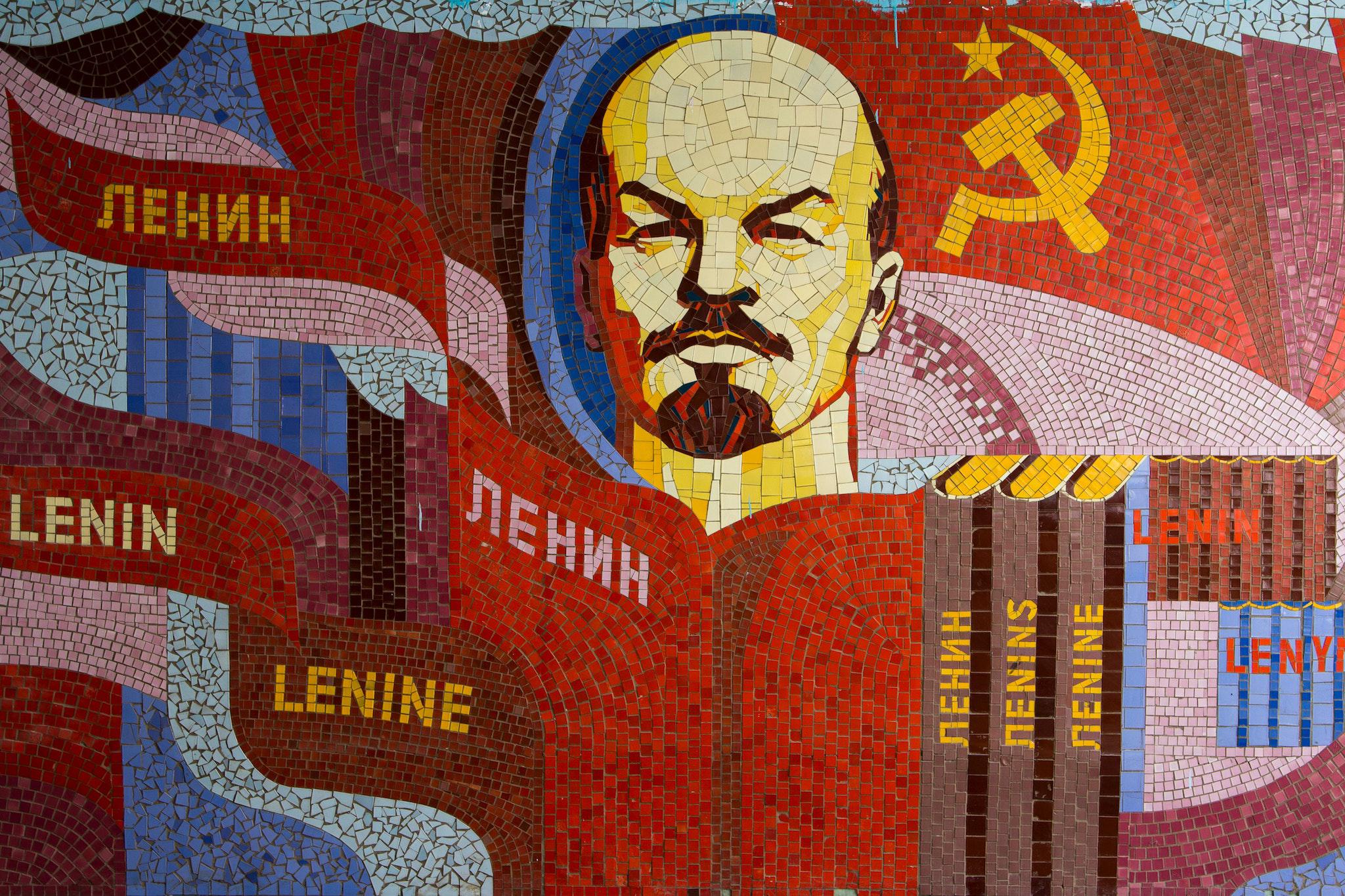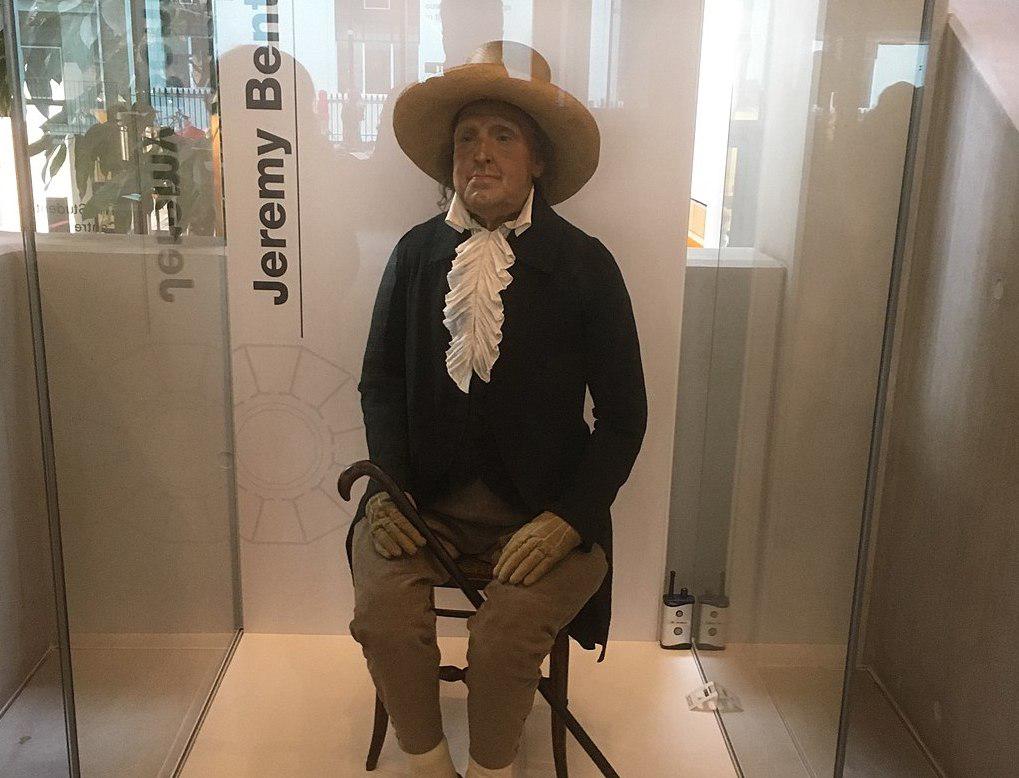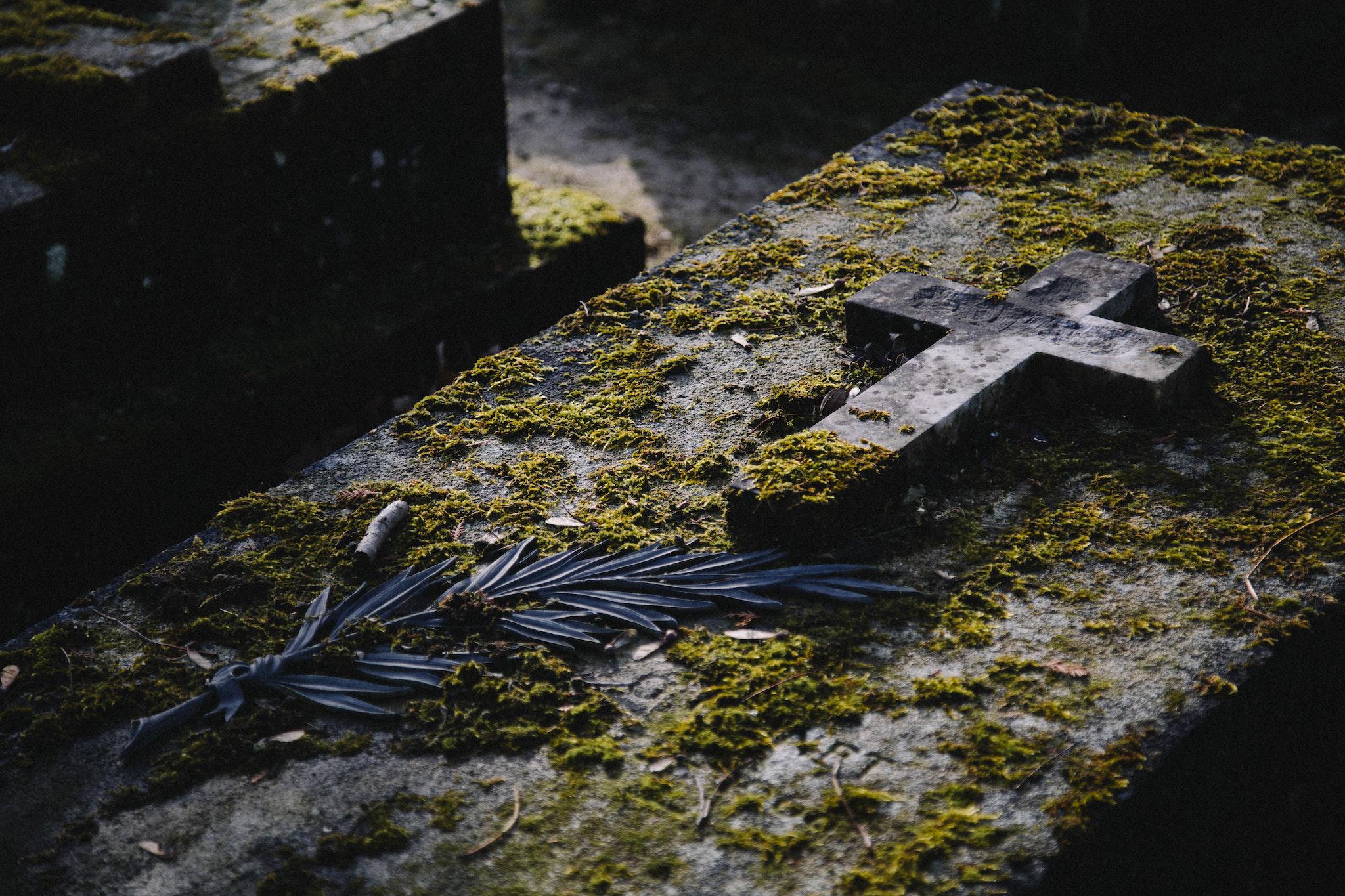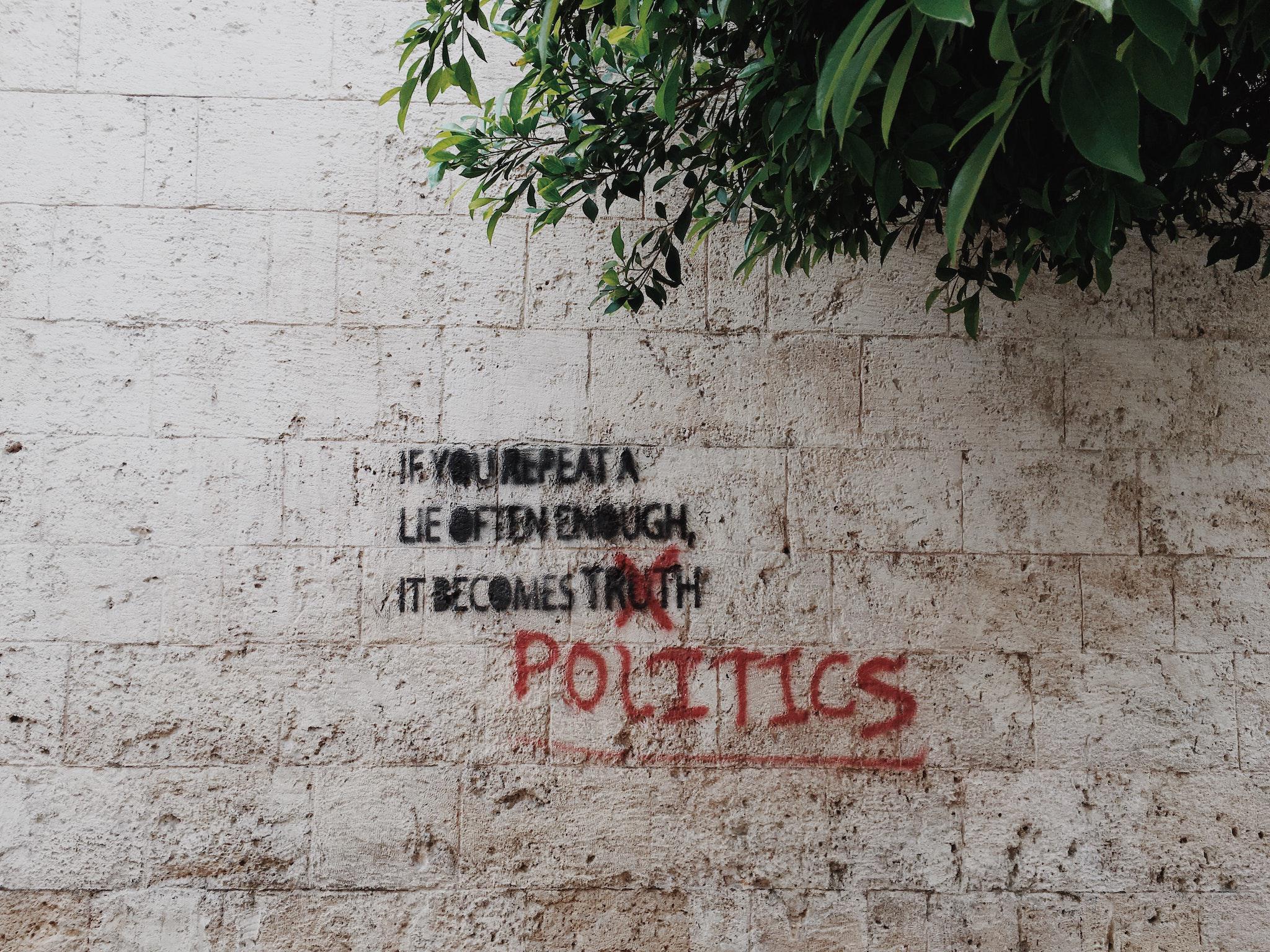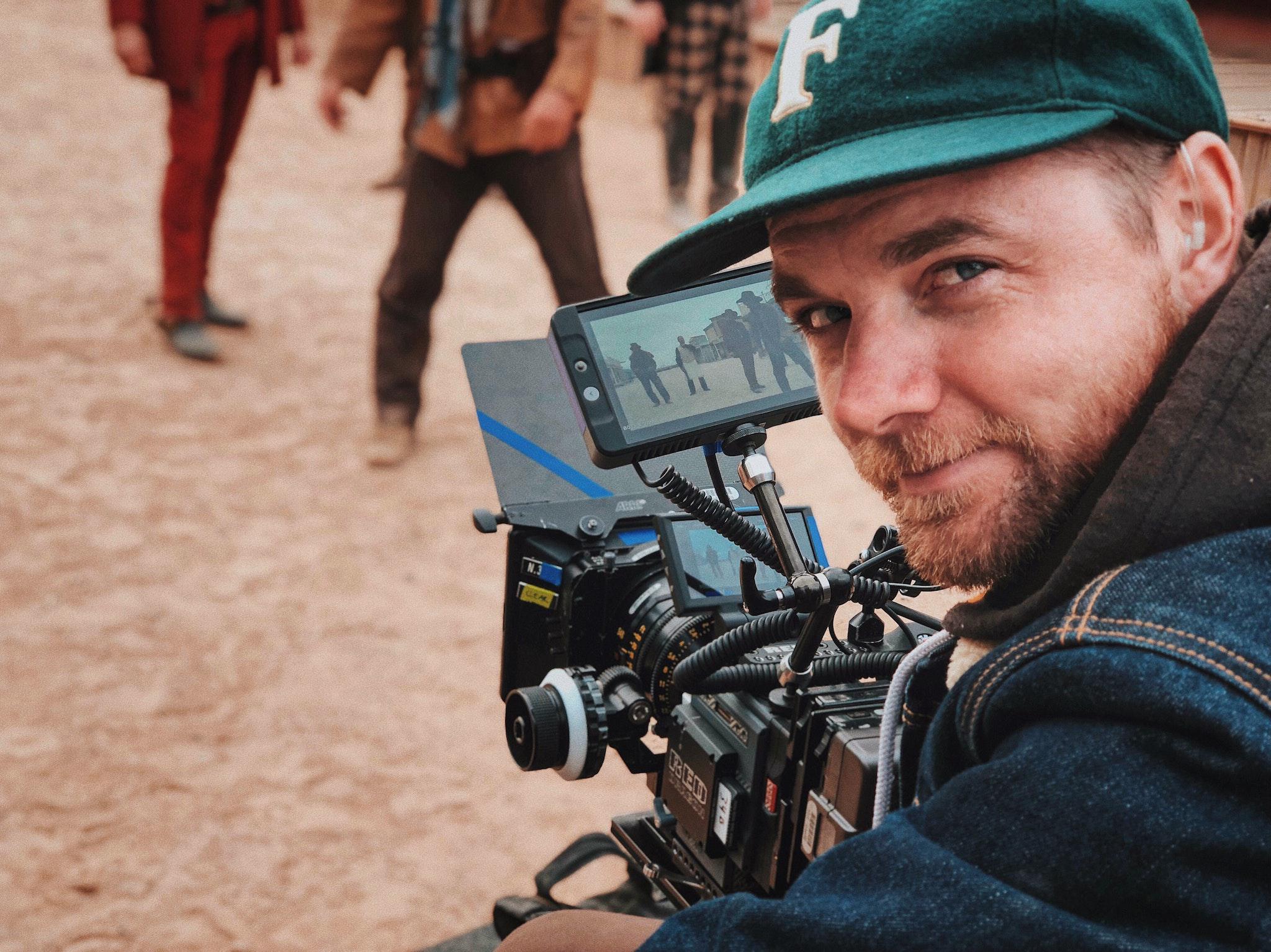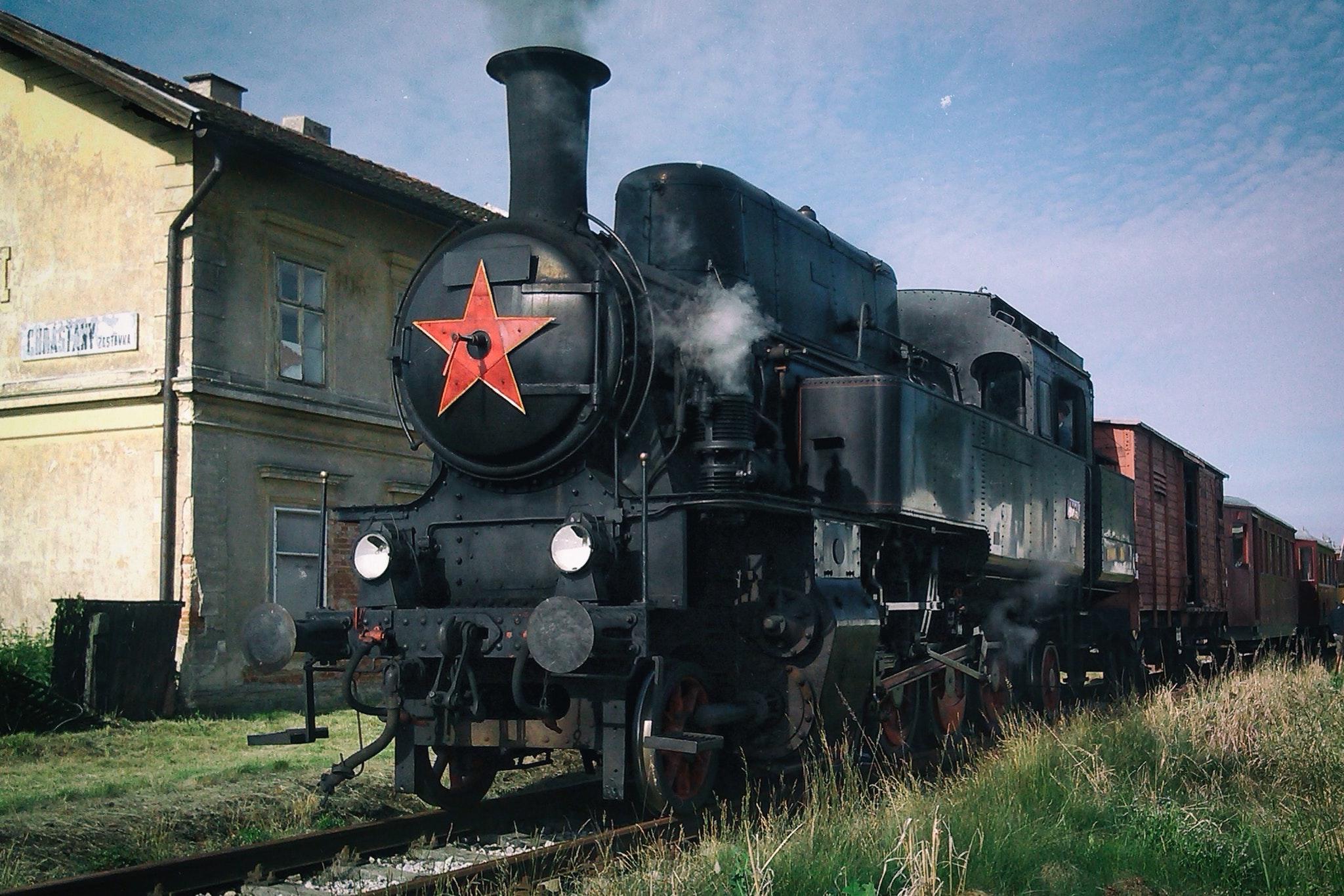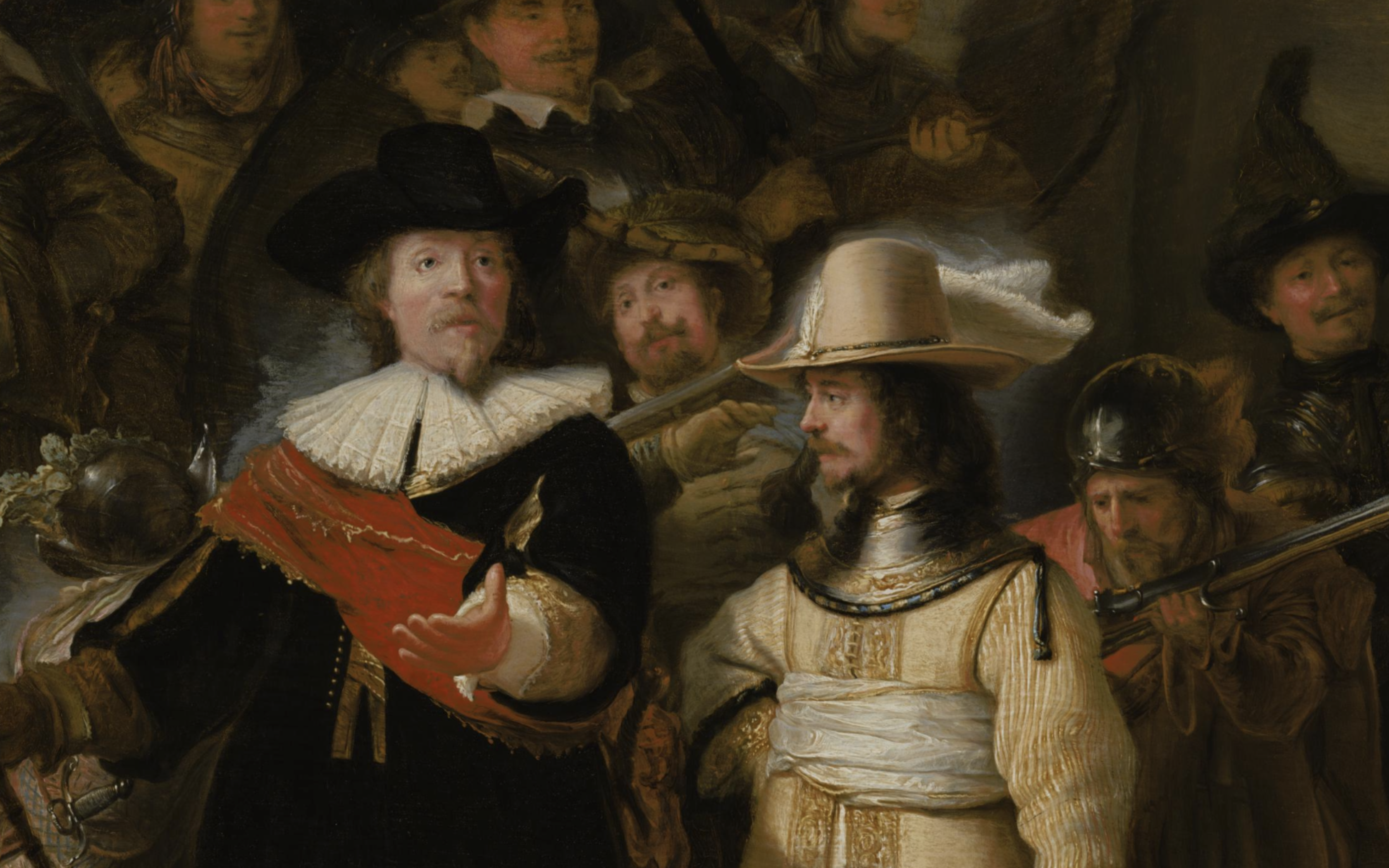Tim Brinkhof
Tim Brinkhof is a Dutch-born, New York-based journalist reporting on art, history, and literature. He studied early Netherlandish painting and Slavic literature at New York University, worked as an editorial assistant for Film Comment magazine, and has written for Esquire, Film & History, History Today, and History News Network.
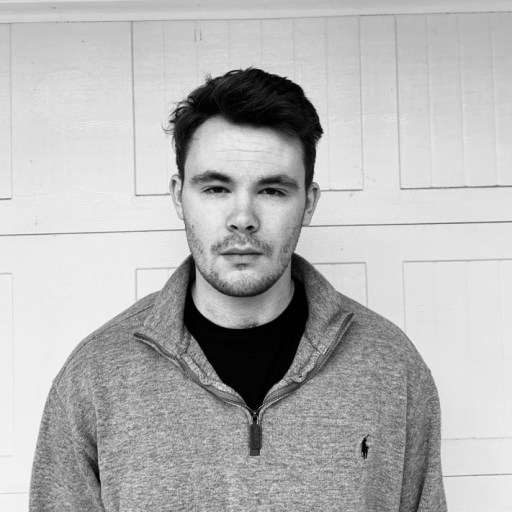
Without Benjamin List and David MacMillan, chemists would still be using metals and enzymes to catalyze chemical reactions.
The Swedish Academy honored the writer for his uncompromising inquiry into the lasting consequences of Africa’s colonization.
David Julius and Ardem Patapoutian were awarded the highest honor in medicine for their research into how human bodies make sense of and respond to the outside world.
Yukio Mishima treated his life as if it were a story — one with a surprising and deadly final act.
Bolsheviks planned to erect a towering monument to the socialist cause, but their quixotic ideas never got off the ground.
Although the statue’s political connotations faded over time, its eyes remain fixed on a key moment in Florentine history.
During World War II, Nazi engineers allegedly tried to create UFO-shaped military aircraft.
The German artist painted death as it appeared in life – omnipresent and hidden in plain sight.
“The name’s Bond. Jane Bond.”
The stone camel sculptures, seven in total and originally uncovered back in 2018, far predate more famous monuments.
As Russia’s youth welcomed a new era of capitalism in the 1990s, their parents and grandparents clung to fleeting memories of Soviet life.
Fossilized footprints found at an excavation site in southwest New Mexico prove humans colonized the continent much earlier than previously thought.
In the perilous mountains of Tibet, archaeologists unearthed ancient hand and footprints that seem to be the creative work of children.
The Russian writer’s scorn went beyond a difference in taste; Leo Tolstoy virulently hated everything Shakespeare had come to stand for.
Journey to the West is rightly considered one of the most influential novels ever written, but the real reason for its success may be its charismatic poster-boy: The Monkey King.
The peasant turned czarist advisor has come to be known and feared as the devil incarnate, but was he really as demonic as we have been led to believe?
From corrupt czars to bloodthirsty Bolsheviks, Russia has had no shortage of bad leaders. But just how evil were they really?
From the Notre Dame to Buddhist statues, dozens of irreplaceable artifacts are destroyed every year by both man and nature.
Whenever the climate cooled, our hominin ancestors would set up shop in the Arabian Peninsula and vanish again when the planet warmed up.
China’s dominance of the rare earth metal industry is part of its overall geopolitical strategy.
Researchers hypothesize that these exoplanets could support the development of alien life.
Francisco José de Goya y Lucientes is often labeled a quintessential Spanish artist, but his allegiance may well have lied with the French Enlightenment instead.
This freshly unearthed image drastically alters the meaning of one of the artist’s most celebrated works.
Russian movies continue to be used as a mouthpiece for the country’s political leadership.
Even the most unorthodox posthumous plans have their own historical, spiritual, and scientific significance.
Charlie Kaufman’s Synecdoche, New York is the kind of film that makes you laugh and cry at the same time.
Some intellectuals use charisma and deception to obscure the holes in their arguments. Here is how to see through their smokescreen.
Higher education, particularly for fields like filmmaking, is in big trouble when a world-class education can be found online cheaply or even for free.
Though gloomy and dense, Russian literature is hauntingly beautiful, offering a relentlessly persistent inquiry into the human experience.
The Rijksmuseum employed an AI to repaint lost parts of Rembrandt’s “The Night Watch.” Here’s how they did it.
